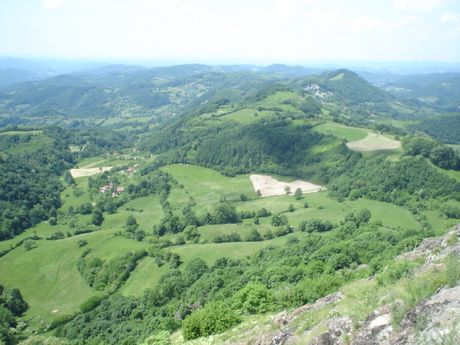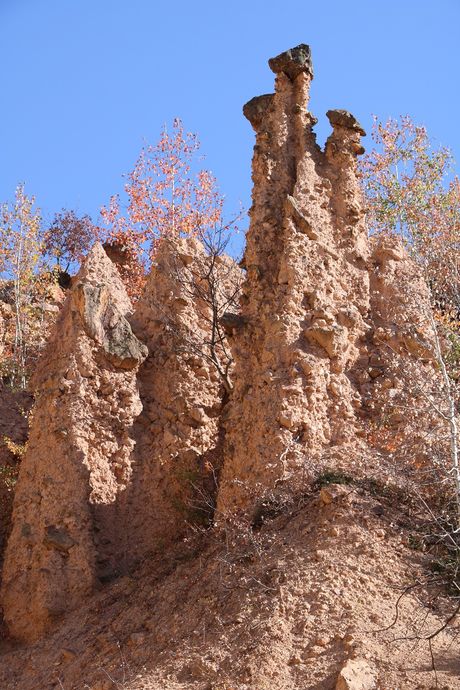It wouldn't even occur to you which popular destinations in Serbia used to be active volcanoes

It is little known that there used to be various types of volcanic activity in the area where our country is today - back in the oldest geological times.
Although there is no volcanic activity in the territory of Serbia today, there are several sites where extinct volcanoes are located.
Types of volcanoes
Before we focus on extinct volcanoes in Serbia, it's a good idea mention that the basic classification includes active and inactive volcanoes.
Among those that are considered inactive, extinct and so-called dormant volcanoes stand out.
For example, extinct volcanoes are located in Hawaii, and the Scottish castle of Edinburgh lies on the top of one such volcano.
Best known dormant volcanoes are Kilimanjaro, and Fuji in Japan.
Extinct volcanoes in Serbia
Apart from the region of Sumadija, extinct volcanoes and volcanic rocks are also found in the eastern part of the country, but also in the southeast, and even in Vojvodina, while on Mt. Jastrebac, for example, but also on Bukulja and Cer, there are igneous mass remnants that are now cooled in the depths of the earth's crust.
Thanks above all to soil erosion, the characteristics of those parts of today's territory of Serbia have changed to a great extent. The best example of the effect of erosion is Dajvolja Varos ("Devil's Town").

In the very heart of Sumadija is one of the extinct volcanoes, more precisely there are several hills which have been determined to be of volcanic origin. Except for Kotlenik, Vujno and Jesevac, Boracki Krs is considered to be a part of an extinct volcano. Estimates show that the volcano is about 20 million years old.
The village of Boljetin, which is located in the area of the Djerdap (Iron Gate) Gorge, is known for its significant volcanic rocks. They can be best seen in the area of the mountain called Treskavac, which is located in the immediate vicinity of Lepenski Vir.
The Lepenski Vir culture used pieces of these volcanic rocks abundantly in one period of its development.
The ancient town of Zvecan, which is located at the confluence of the Sitnica and the Ibar rivers, is located on an extinct volcanic ridge.
Another extinct volcanoes can be found near Bor and is known as Crno Brdo ("Black Hill"), or Tilva Njagra in the Vlach language. The peak of this extinct volcano is located at an altitude of 770 meters. It has even been determined that a stratovolcano, called Tilva Ros, used to be where the town of Bor is today.
About 65 million years ago, volcanoes were active in the area of today's Rudnik and Radan mountains, and their power was even compared to one of the largest volcanic eruptions ever - of Vesuvius that happened in 79 AD.
In the vicinity of Vranjska Banja, there are long-extinct volcanoes - their peaks are called Oblik and Grot.
The Becej volcano is the name given to a gas explosion that happened near Becej in November 1968 and lasted for a whole 209 days, before the eruption self-extinguished on June 6, 1969.
Although there has been significant volcanic activity in the area of today's Serbia in the distant past, there is no fear at all that these volcanoes might reactivate in the future.
Video: Popocatepetl eruption looks like something from a cartoon
(Aleksandra Blazevic/Telegraf.rs)
Video: Novinar Telegrafa "svat" na grčkoj svadbi: Oficiri nevestu svog kolege dočekali zveketom mačeva
Telegraf.rs zadržava sva prava nad sadržajem. Za preuzimanje sadržaja pogledajte uputstva na stranici Uslovi korišćenja.

